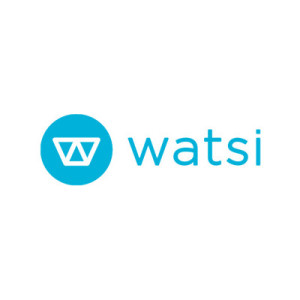In 2012, Colin Hill was diagnosed with Hodgkin’s Lymphoma right as he was about to start college at the University of Pennsylvania. Hill had to undergo extensive chemotherapy treatments, leaving him susceptible to life threatening infections, and a constant need to monitor his temperature to detect these infections as soon as possible. He would check his temperature consistently throughout the day, but at night, this became difficult. One night before he went to bed he had a normal temperature reading, but hours later he woke up with a dangerously high fever and was sent to the emergency room to treat the infection that he did not detect during the night.
He and other U Penn students, William Duckworth, Aaron Goldstein, and Becca Goldstein, began thinking of a solution to this problem. They developed Fever Smart, a smart device that constantly monitors the wearer’s body temperature, sends alerts to a smartphone/tablet/etc. via Bluetooth, as well as uploads the data to the cloud for access anywhere in the world. The device is only 32 mm long and is worn comfortably under the armpit. Although the hospital applications of Fever Smart are wide ranging, Fever Smart is marketed toward parents who want a way to effectively monitor their child’s temperature all throughout the night or when they are not present. Within months, they had a working prototype as well as FDA approval on the device. After an Indiegogo campaign for manufacturing funds raised 75% of its $40,000 goal in the first 24 hours, and then exceeded their goal with $65,000 raised, they launched Fever Smart in January of 2015.

Colin Hill and his group of entrepreneurs identified a significant problem through his own medical experiences, and the insight that those experiences gave them allowed them to formulate an innovative solution. None of the students had any medical background, and yet created a product that was a winner of Entrepreneur Magazine 2014, and can be utilized in the entirety of the medical field to improve healthcare. Fever Smart is just another example of a good idea coming from your personal experiences.
Resources:
http://www.businessinsider.com/fever-smart-patch-from-upenn-students-monitors-fevers-2014-8
http://www.prweb.com/releases/2014/09/prweb12181431.htm


 A few years ago, Chase Adam was serving as a Peace Corps Volunteer in the Democratic Republic of the Congo when a woman boarded the bus and began asking for donations for her child’s medical treatment. Because panhandling is so prevalent in that area of the world, Adam was shocked to see all of the natives give the women money for her child. He realized the natives believed this woman because she had the child’s information and had established a sense of trust with them. Inspired, Adam returned to the United States with the goal of starting a non-profit to provide healthcare around the world.
A few years ago, Chase Adam was serving as a Peace Corps Volunteer in the Democratic Republic of the Congo when a woman boarded the bus and began asking for donations for her child’s medical treatment. Because panhandling is so prevalent in that area of the world, Adam was shocked to see all of the natives give the women money for her child. He realized the natives believed this woman because she had the child’s information and had established a sense of trust with them. Inspired, Adam returned to the United States with the goal of starting a non-profit to provide healthcare around the world.
